Having spent the better part of 15 years in the industrial cleaning and maintenance sector, I’ve worked with laser rust removal equipment across shipyards, auto restoration shops, and manufacturing plants. These machines are game-changers—fast, precise, and eco-friendly—but they’re not without their quirks. Early in my career, I assumed these high-tech tools were near-invincible, until a 1000W laser shut down mid-job on a tight deadline, leaving me scrambling. That humbling experience drove me to master their maintenance and troubleshooting. In this article, I’ll share the common failures I’ve encountered with laser rust removal equipment, drawing from real-world projects, to help you prevent downtime, save on repairs, and keep your operations running smoothly.
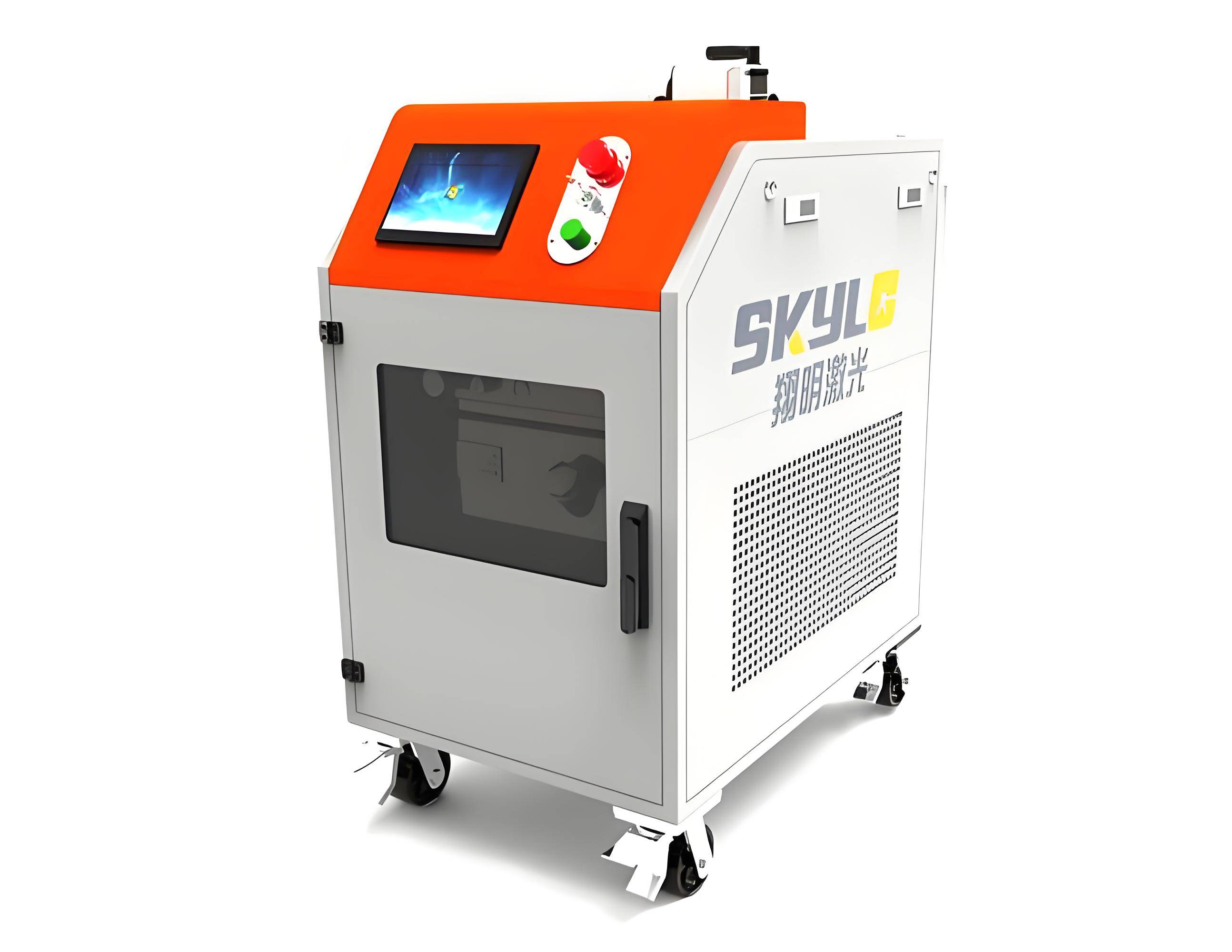
Why Laser Rust Removal Equipment Fails
Laser rust removal systems use high-powered lasers, typically fiber lasers, to blast away rust, paint, or coatings from metal surfaces. They’re complex, combining optics, electronics, cooling systems, and software. Failures can stem from:
Wear and tear: High-intensity use degrades components over time.
Improper operation: User errors, like incorrect settings, can strain the system.
Environmental factors: Dust, humidity, or extreme temperatures can interfere.
Poor maintenance: Neglecting cleaning or calibration invites trouble.
My first major encounter with a failure was during a shipyard project. We were using a 500W laser to clean a hull, and the machine suddenly stopped outputting. After hours of troubleshooting, we found a clogged cooling system—a preventable issue if we’d followed the maintenance schedule. Since then, I’ve made it my mission to understand these machines inside and out.
Common Failures and Their Causes
Based on my experience and industry feedback, here are the most frequent issues with laser rust removal equipment, along with their causes and fixes.
1. No Laser Output or Weak Beam
One of the most frustrating issues is when the laser doesn’t fire or produces a weak beam, rendering it useless for rust removal.
Causes:
Dirty or damaged optics: Dust or debris on the lens or mirrors can block or scatter the beam. I’ve seen this in dusty environments like fabrication shops.
Faulty laser source: The laser diode or fiber may degrade after prolonged use, especially in high-power systems (1000W+).
Misaligned optics: Vibrations or rough handling can knock mirrors out of alignment.
Software glitches: Incorrect parameters or firmware issues can prevent the laser from firing.

Fixes:
Clean the lens with isopropyl alcohol and a lint-free cloth, following the manufacturer’s guidelines. I do this weekly on heavy-use machines.
Check the laser source’s health via diagnostic software. If it’s degraded, contact the supplier for repair or replacement.
Realign optics using the machine’s alignment tools or call a technician. I learned basic alignment during a training session, which saved me during a crunch.
Reset the software or update the firmware. In one case, a simple reboot fixed a 200W laser that wouldn’t start.
I once troubleshooted a 1500W laser that stopped mid-job at an auto restoration shop. The culprit was a smudged lens from oily residue. A quick clean got us back on track, but it taught me to check optics before every shift.
2. Overheating or Cooling System Failure
Laser systems generate significant heat, and cooling systems (air or water-based) are critical to prevent overheating. Failures here can shut down the machine or damage components.
Causes:
Clogged filters or radiators: Dust or debris can block airflow or water flow, reducing cooling efficiency.
Low coolant levels: Leaks or evaporation in water-cooled systems can starve the laser.
Pump failure: The coolant pump may wear out or get clogged.
High ambient temperatures: Operating in hot environments (above 35°C) strains the cooling system.
Fixes:
Clean air filters and radiators monthly, or more often in dusty settings. I use compressed air to clear debris.
Check and refill coolant with distilled water or the manufacturer’s recommended fluid. I mark coolant levels to spot leaks early.
Inspect the pump for noise or reduced flow. In a factory job, replacing a $200 pump saved a $10,000 laser source.
Ensure proper ventilation and keep the machine away from heat sources. Portable fans helped in a summer project.
A memorable incident involved a 1000W laser overheating during a bridge maintenance job. The water cooler’s radiator was caked with dust from the site. Regular cleaning could’ve prevented the two-hour delay we faced.
3. Power Supply Issues
Unstable or insufficient power can cause the laser to malfunction, flicker, or shut off unexpectedly.
Causes:
Voltage fluctuations: Industrial settings often have unstable power, especially during peak hours.
Faulty power cables: Damaged or loose cables can disrupt supply.
Overloaded circuits: High-power lasers (1000W+) require dedicated circuits, and sharing can trip breakers.
Internal power module failure: The laser’s power supply unit may fail after heavy use.
Fixes:
Use a voltage stabilizer or UPS to regulate power. I installed one for a client’s 2000W laser, and it eliminated shutdowns.
Inspect cables for wear and ensure secure connections. I replace frayed cables immediately.
Verify the laser’s power requirements (e.g., 220V, 30A) and dedicate a circuit. An electrician fixed this for a shipyard client.
Test the power module with a multimeter or call a technician for replacement.
In a metal fabrication shop, a 500W laser kept tripping the breaker because it shared a circuit with other machines. Rewiring the setup solved the issue, but it cost a day’s work.
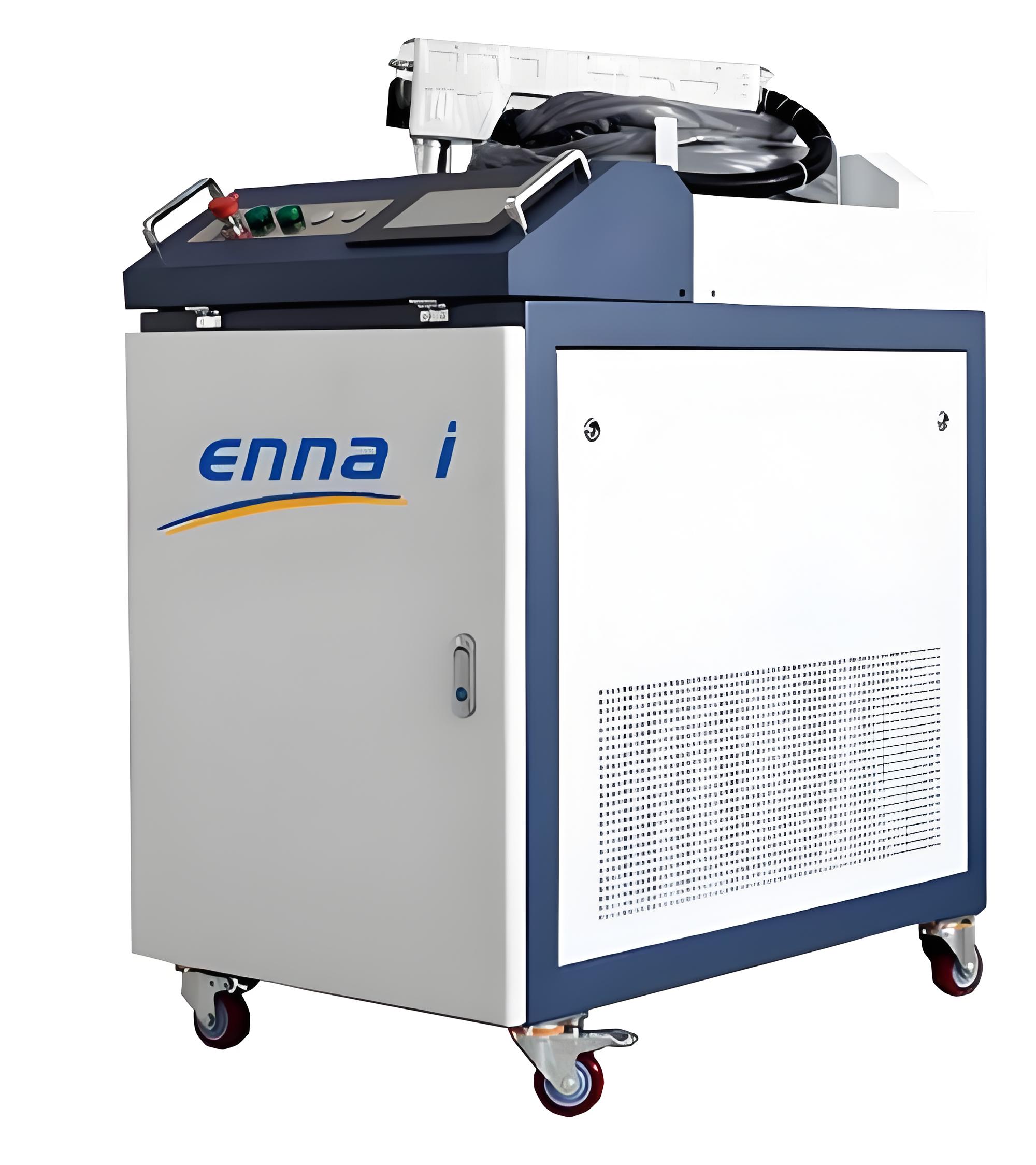
4. Beam Delivery System Failures
The beam delivery system, including the galvo scanner and focusing lens, directs the laser to the surface. Failures here can cause uneven cleaning or no output.
Causes:
Dirty or scratched scanner mirrors: Dust or scratches disrupt beam movement.
Motor failure: The galvo motors that move the mirrors can wear out.
Loose connections: Cables or connectors in the scanner may loosen from vibrations.
Lens contamination: Residue from vaporized rust can cloud the focusing lens.
Fixes:
Clean scanner mirrors with a soft brush or compressed air. I check these biweekly on high-use systems.
Replace faulty motors through the supplier. I keep spare parts for critical jobs.
Tighten or reseat scanner cables. A loose connector once caused a 300W laser to misfire.
Clean or replace the focusing lens. Protective covers reduce contamination.
During a job cleaning steel pipes, the laser’s beam became erratic. A scratched scanner mirror was the issue, and replacing it restored precision. Regular inspections could’ve caught it sooner.
5. Control System or Software Errors
Modern laser rust removal systems rely on software to control power, speed, and patterns. Glitches can halt operations or cause incorrect settings.
Causes:
Firmware bugs: Outdated or corrupted firmware can cause errors.
Operator errors: Incorrect settings, like excessive power, can strain the laser.
Connection issues: Loose USB or Ethernet cables can disrupt communication.
Hardware failure: The control board may fail due to overheating or age.
Fixes:
Update firmware regularly via the manufacturer’s website. I schedule updates quarterly.
Train operators on proper settings. I created a cheat sheet for a client’s team, reducing errors.
Check and secure all connections. A loose USB cable once froze a 1000W laser’s interface.
Replace the control board if diagnostics confirm failure. This requires a technician.
In an auto restoration project, a 200W laser stopped responding due to a firmware bug. A quick update fixed it, but it highlighted the need for regular software maintenance.
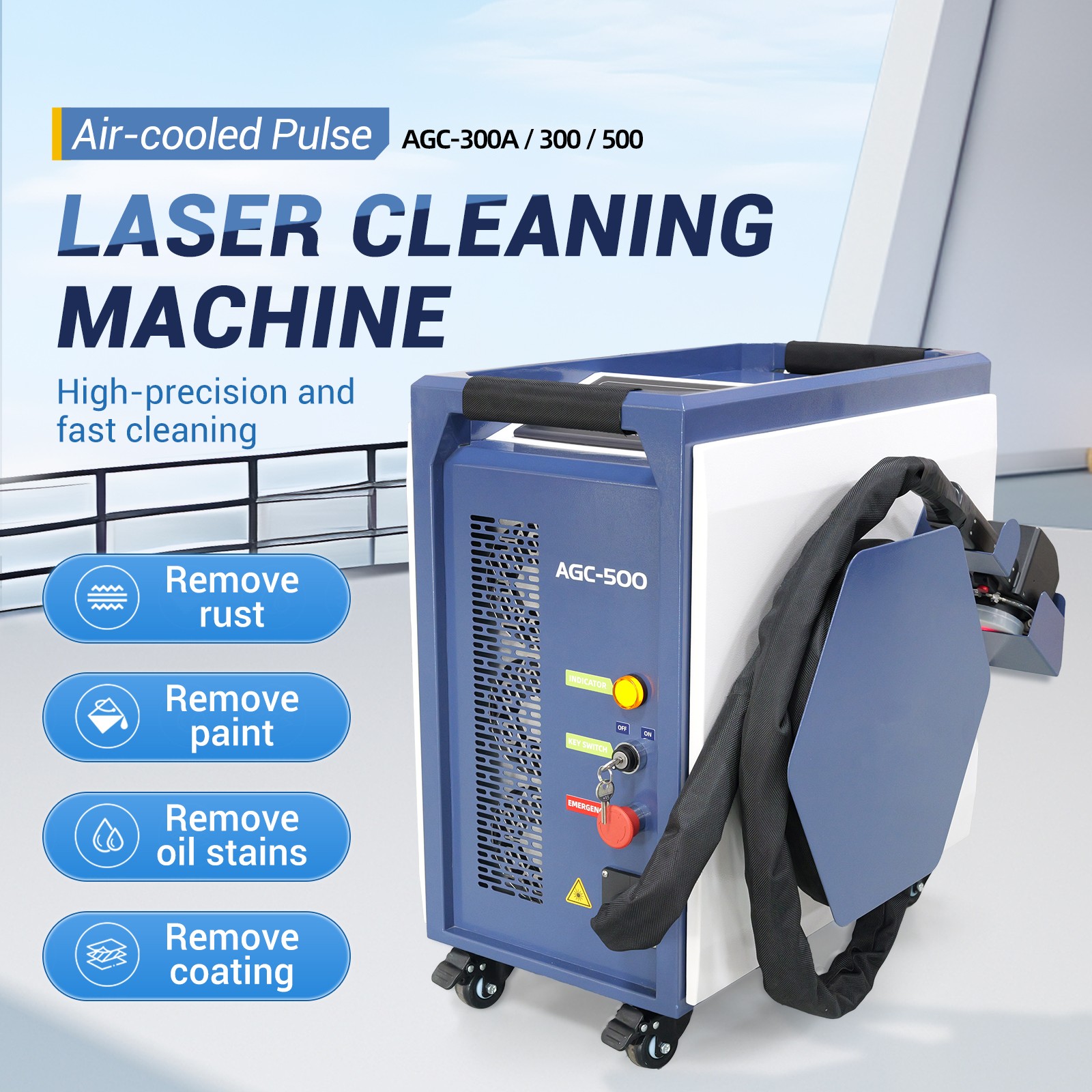
Common Failures and Troubleshooting Summary
Here’s a table summarizing the issues, their symptoms, and solutions, based on my field experience:
| Failure Type | Symptoms | Common Causes | Solution |
|---|---|---|---|
| No/Weak Laser Output | No beam or insufficient cleaning | Dirty optics, faulty source | Clean lens, check source |
| Overheating | Shutdowns, warning alarms | Clogged filters, low coolant | Clean filters, refill coolant |
| Power Supply Issues | Flickering, sudden shutdowns | Voltage fluctuations, bad cables | Use stabilizer, check cables |
| Beam Delivery Failure | Uneven or no cleaning | Dirty mirrors, motor failure | Clean mirrors, replace motors |
| Software Errors | Frozen interface, wrong settings | Firmware bugs, loose connections | Update firmware, secure cables |
This table is a quick reference for diagnosing issues, but always consult your machine’s manual for specifics.
Preventive Maintenance Tips
Preventing failures is easier than fixing them. Here’s what I’ve learned to keep laser rust removal equipment in top shape:
Follow a Maintenance Schedule
Clean optics weekly, check coolant monthly, and inspect cables quarterly. I keep a logbook for each machine to track maintenance.
Train Operators Thoroughly
Ensure your team knows the machine’s settings, safety protocols, and cleaning procedures. I run refresher training every six months for clients’ staff.
Control the Environment
Keep the workspace clean, dry, and within the recommended temperature range (10-30°C). In dusty sites, I use air purifiers to reduce contamination.
Use Quality Accessories
Cheap replacement lenses or filters can cause failures. Stick to OEM parts or trusted brands. I learned this after a low-quality lens cracked under high power.
Monitor Performance
Watch for signs like reduced cleaning efficiency or unusual noises. Early detection saved a 1500W laser from major damage during a factory job.
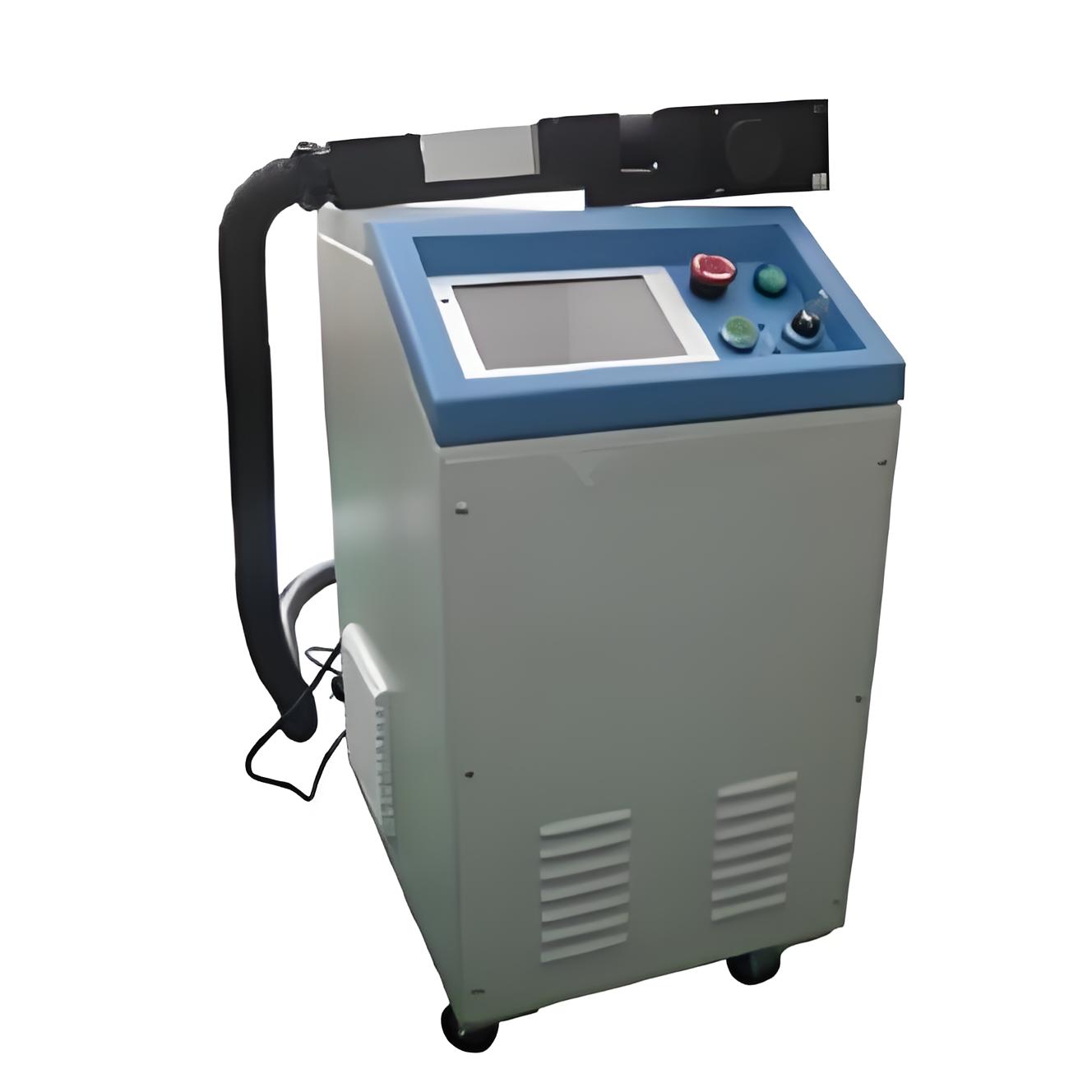
Real-World Case Studies
Let me share two experiences that highlight these issues. In a shipyard project, we were using a 2000W laser to clean a tanker’s hull. Mid-job, the machine overheated and shut down. The cooling system’s radiator was clogged with salt and dust from the coastal environment. After cleaning it and adding a portable fan, we finished the job, but it cost us a day. Regular radiator checks would’ve prevented this.
Another time, at a vintage car restoration shop, a 300W laser produced uneven cleaning patterns. The galvo scanner’s motor had failed due to overuse without maintenance. Replacing the motor took hours, but it taught the shop to schedule regular inspections. Since then, they’ve had no major issues.
When to Call a Professional
Some failures, like a degraded laser source or fried control board, require specialized tools and expertise. I always advise clients to:
Contact the manufacturer or supplier for warranty-covered repairs.
Hire certified technicians for complex issues like optical realignment.
Keep the machine’s serial number and purchase details handy for faster service.
In a factory job, a 1000W laser’s source failed after two years of heavy use. The supplier replaced it under warranty, saving the client thousands. Always register your equipment to access support.
Choosing Reliable Equipment
Not all laser rust removal systems are equal. Based on my projects, brands like CleanTech, Laserax, and P-Laser offer robust systems with good support. When buying, consider:
Warranty and support: Look for at least a 1-2 year warranty and local service options.
Build quality: Industrial-grade systems withstand heavy use better than budget models.
User-friendly interface: Intuitive controls reduce operator errors.
I once recommended a CleanTech 500W laser to a client, and its diagnostics saved us from a major failure by alerting us to low coolant early.
Conclusion: Keeping Your Laser Running
Laser rust removal equipment is a powerful ally, but like any complex tool, it’s prone to failures if not properly maintained. From no laser output to overheating or software glitches, understanding these issues can save you time, money, and frustration. My years in the field have shown me that regular maintenance, proper training, and quick troubleshooting are key to maximizing uptime.
Before your next job, check your machine’s optics, coolant, and power supply, and ensure your team is trained on safe operation. If you’re new to laser cleaning, reach out to your supplier for maintenance tips or consider a service contract for peace of mind. With the right care, your laser rust removal equipment can deliver years of reliable performance, keeping your projects on track and your surfaces spotless.
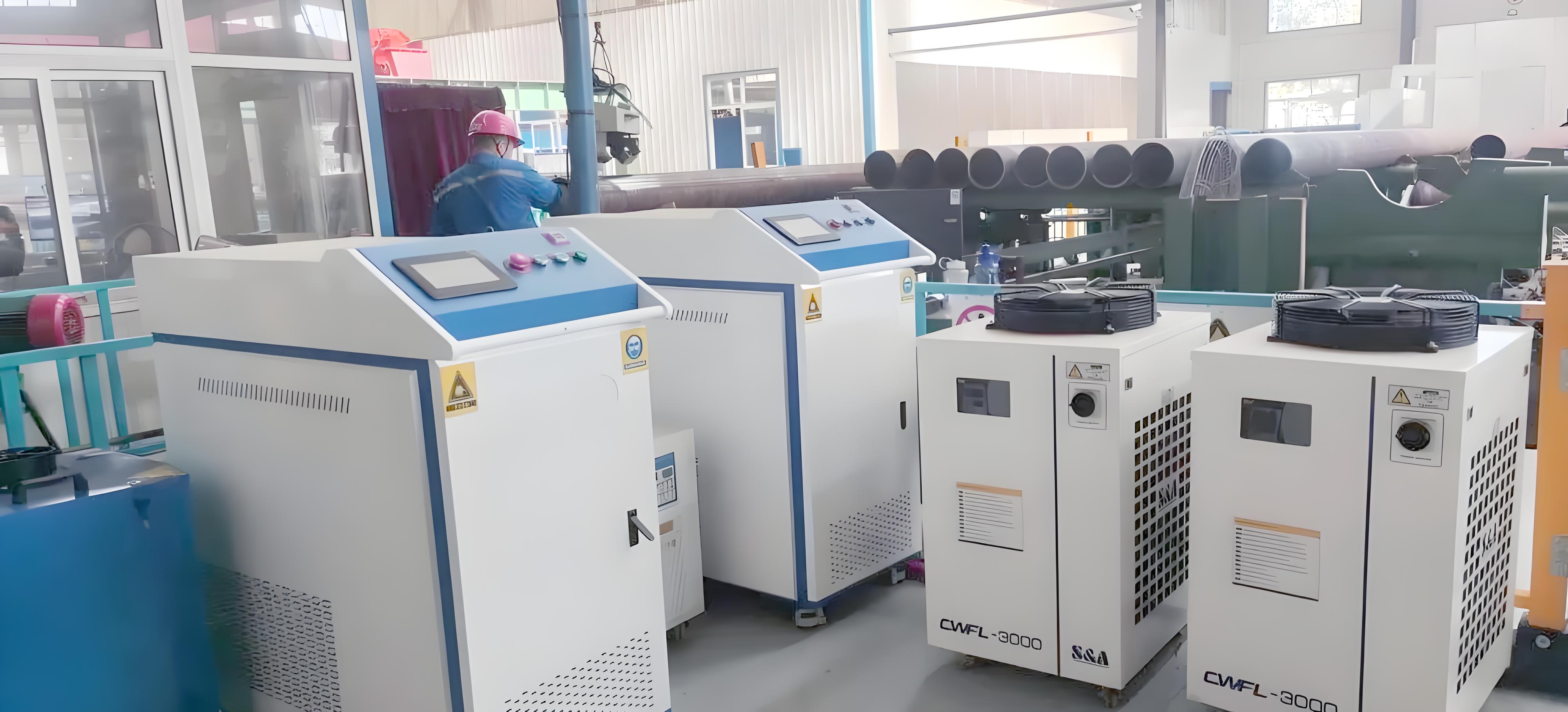
Frequently Asked Questions
Q1: Why does my laser rust removal machine stop working suddenly?
A: Sudden shutdowns are often due to overheating, power supply issues, or software glitches. Check the cooling system, stabilize the power source, and reboot the software. If it persists, contact a technician.
Q2: How often should I clean the laser’s optics?
A: Clean the lens and mirrors weekly for heavy use, or biweekly for lighter jobs. Use isopropyl alcohol and lint-free cloths to avoid scratches. Dusty environments may require more frequent cleaning.
Q3: Can I fix a faulty laser source myself?
A: No, laser sources are complex and require specialized tools. Contact the manufacturer or a certified technician for repairs or replacements to avoid further damage.
Q4: What should I do if my laser overheats frequently?
A: Check for clogged filters, low coolant, or poor ventilation. Clean the cooling system, refill coolant, and ensure the workspace is well-ventilated. If it continues, the pump or radiator may need repair.
Q5: Are budget laser rust removal machines more prone to failures?
A: Yes, cheaper models often use lower-quality components, leading to issues like weak beams or overheating. Invest in industrial-grade systems from reputable brands for better reliability.






